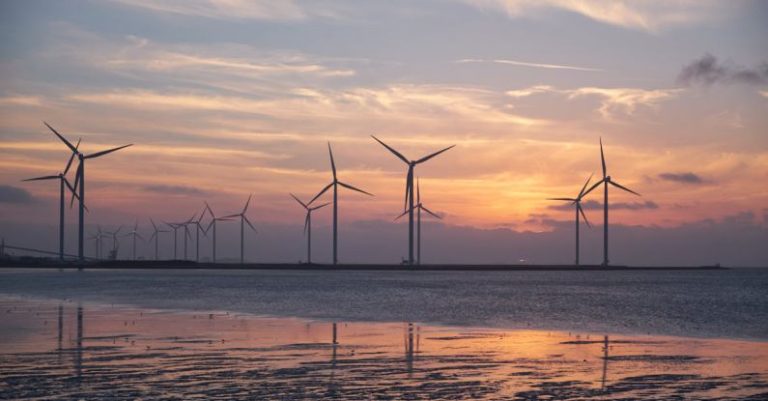Composites and Hydrogen Storage: Fueling the Future
In the quest for sustainable energy sources, hydrogen has emerged as a promising candidate due to its high energy density and minimal environmental impact. However, efficient storage and transportation of hydrogen remain significant challenges. Composites, with their unique properties and versatility, offer innovative solutions that could revolutionize the way we store and utilize hydrogen in the future.
The Challenge of Hydrogen Storage
Hydrogen, as a clean and abundant energy carrier, has the potential to play a crucial role in the transition to a low-carbon economy. However, its low density and high flammability present obstacles to its widespread adoption. Traditional storage methods, such as compression and liquefaction, are energy-intensive and costly, limiting the viability of hydrogen as a mainstream fuel source.
Enter Composites: A Game-Changer in Hydrogen Storage
Composites, materials made by combining two or more different constituents with distinct properties, have garnered attention for their ability to enhance the storage and release of hydrogen. By incorporating materials like carbon nanotubes, metal hydrides, or porous polymers into a composite structure, researchers have been able to improve the efficiency and safety of hydrogen storage systems.
Carbon-Based Composites: Lightweight and High-Capacity Storage
Carbon-based composites, such as carbon nanotubes and graphene, have shown great promise in hydrogen storage applications. These materials offer high surface areas and tunable pore structures, making them ideal for adsorbing hydrogen molecules. By functionalizing carbon surfaces with specific catalysts or additives, researchers have been able to enhance hydrogen adsorption capacities and kinetics, bringing us closer to practical hydrogen storage solutions.
Metal Hydrides: Reversible Hydrogen Storage with Composites
Metal hydrides, compounds formed by the reaction of metals with hydrogen, are another class of materials that hold potential for hydrogen storage. By embedding metal hydrides in a composite matrix, researchers can create reversible hydrogen storage systems that absorb and release hydrogen under controlled conditions. These composites offer the advantage of high volumetric storage capacities and improved cycling stability, making them attractive for on-demand hydrogen applications.
Porous Polymers: Tailored Hydrogen Storage Materials
Porous polymers, with their interconnected networks of void spaces, provide another avenue for designing advanced hydrogen storage materials. By tuning the pore size, surface area, and functional groups of these polymers, researchers can tailor their hydrogen adsorption properties to meet specific storage requirements. Incorporating porous polymers into composite structures enhances their stability and selectivity, paving the way for efficient hydrogen storage solutions.
The Future Outlook: Advancements and Challenges
As research in composites for hydrogen storage continues to progress, several challenges remain to be addressed. Ensuring the durability and recyclability of composite materials, optimizing hydrogen storage capacities and release kinetics, and reducing production costs are key areas that require further investigation. Collaborative efforts between academia, industry, and government agencies will be essential to drive innovation and accelerate the commercialization of composite-based hydrogen storage technologies.
In conclusion, composites represent a promising avenue for advancing hydrogen storage capabilities and unlocking the full potential of hydrogen as a clean energy source. By harnessing the unique properties of composites and leveraging interdisciplinary approaches, researchers can overcome existing limitations and pave the way for a sustainable energy future powered by hydrogen. The fusion of materials science, chemistry, and engineering holds the key to fueling the future with efficient and eco-friendly hydrogen storage solutions.






